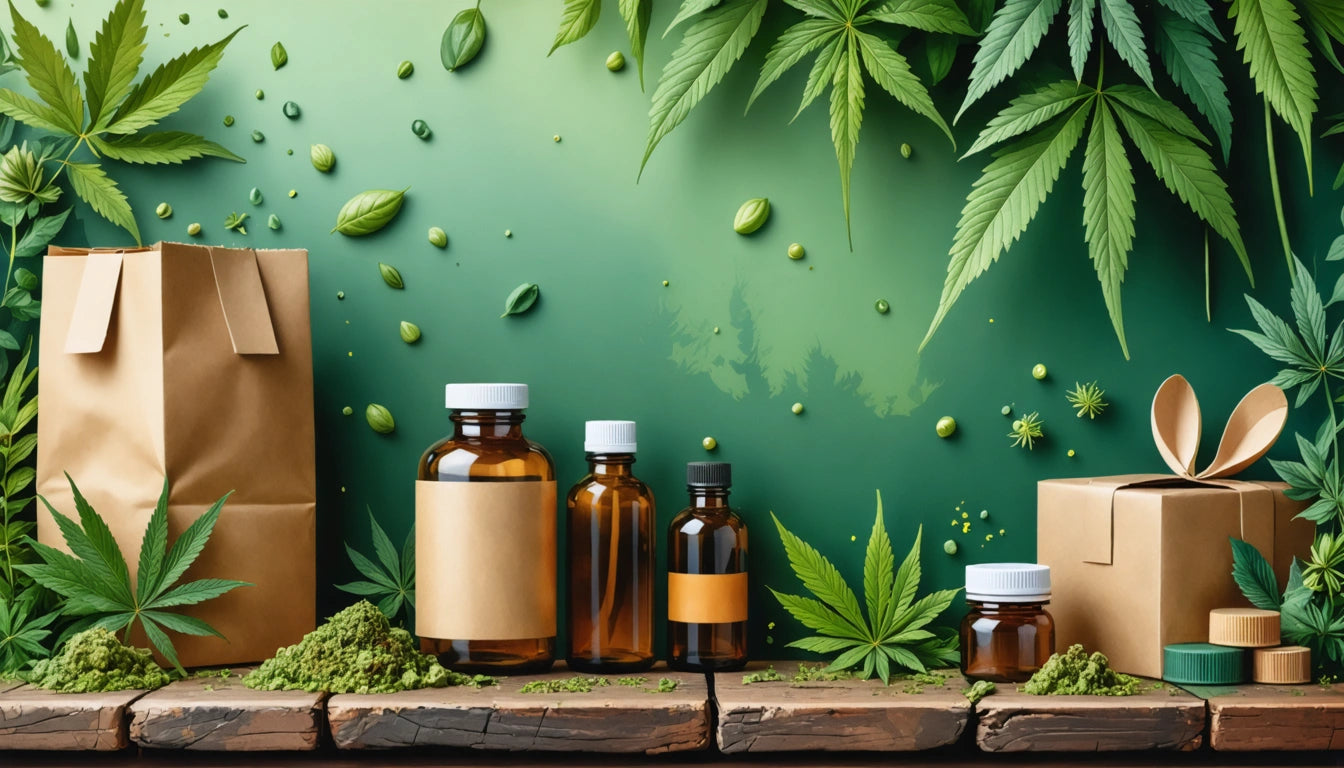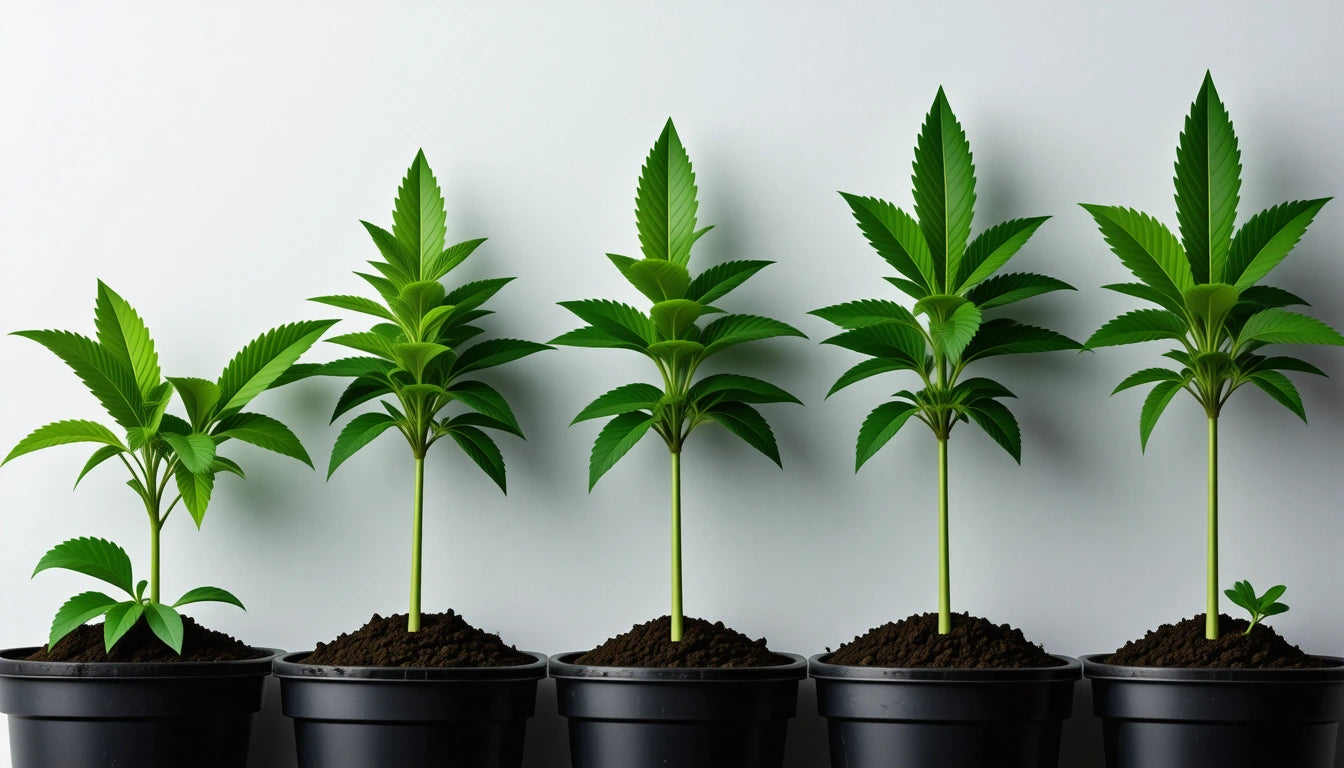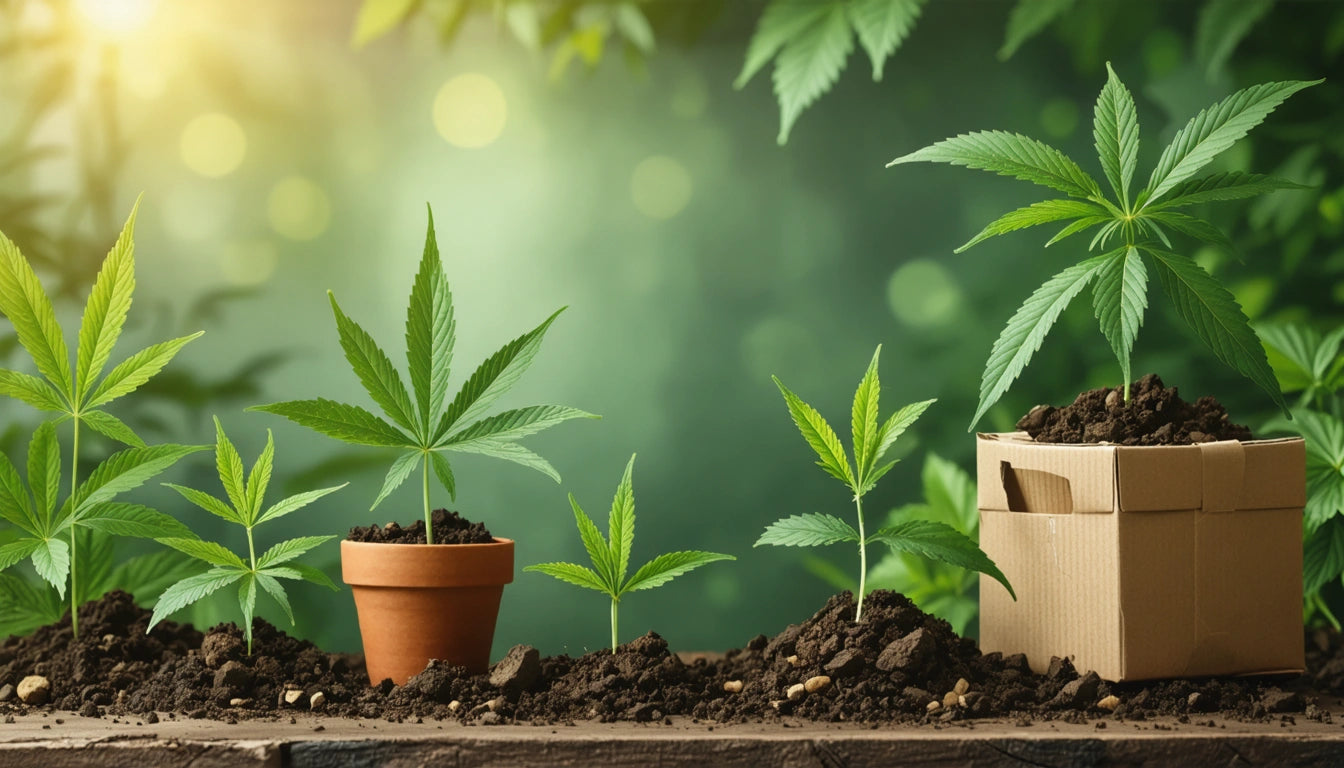Top 5 Packaging Materials You Haven't Tried Yet
The cannabis industry continues to evolve rapidly, with packaging innovation playing a crucial role in product preservation, compliance, and brand differentiation. While traditional materials like plastic and glass remain common, several groundbreaking alternatives offer superior sustainability profiles and unique aesthetic qualities that can help brands stand out on dispensary shelves.
Innovative Packaging Materials Overview
Before exploring specific materials, it's important to understand what makes an innovative packaging solution valuable in the cannabis space. Ideal materials should balance preservation capabilities, compliance features, sustainability, and cost-effectiveness. According to our research on emerging packaging materials, the most promising options address multiple industry challenges simultaneously.
When evaluating new packaging materials, brands should consider several factors:
- Preservation capabilities for maintaining product freshness
- Compliance with varying state regulations
- Environmental impact throughout the lifecycle
- Scalability and cost structure
- Visual and tactile brand expression opportunities
- Compatibility with precise measurement using professional-grade digital scales for accurate dosing and inventory management
Biodegradable Plant-Based Polymers
Plant-based polymers represent one of the most promising alternatives to traditional plastics. These materials, derived from sources like corn starch, sugarcane, and cassava, offer similar performance to petroleum-based plastics but with significantly reduced environmental impact.
Key Benefits:
- Biodegradable under proper conditions
- Reduced carbon footprint compared to traditional plastics
- Compatible with existing manufacturing processes
- Available in child-resistant configurations
PLA (polylactic acid) is particularly noteworthy among plant-based polymers. This corn-derived material offers clarity similar to PET but breaks down in commercial composting facilities. For pre-rolls and flower, PLA tubes and containers provide excellent protection while addressing sustainability concerns.
Hemp-Based Packaging Solutions
The cannabis industry has a unique opportunity to create a closed-loop system by using hemp-based packaging for cannabis products. Hemp fiber can be processed into paper, cardboard, and even plastic alternatives.
Applications:
- Hemp paperboard for secondary packaging and displays
- Hemp-plastic composites for containers and closures
- Hemp fiber cushioning materials for shipping
Beyond sustainability, hemp packaging creates a compelling brand story of plant-to-package circularity. This narrative resonates with environmentally conscious consumers and reinforces brand values around sustainability.
Mycelium Packaging
Perhaps the most innovative material on this list, mycelium packaging is grown rather than manufactured. Mycelium, the root structure of mushrooms, can be cultivated around molds to create custom packaging shapes.
This material offers excellent cushioning properties and can be grown to precise specifications. For cannabis brands looking to differentiate through truly sustainable packaging, mycelium offers a compelling alternative to foam and plastic inserts. It's particularly suitable for premium products where unboxing experience matters.
Algae-Based Materials
Algae-based packaging represents another frontier in sustainable materials. These materials use algae biomass to create flexible films and rigid containers that biodegrade rapidly after use.
Advantages:
- Grows rapidly with minimal resources
- Can be cultivated in wastewater, providing additional environmental benefits
- Offers oxygen barrier properties beneficial for preserving cannabis products
- Biodegrades in both marine and soil environments
While still emerging commercially, algae-based materials show particular promise for flexible packaging applications like pouches and wraps. For brands targeting the most environmentally conscious consumers, algae packaging provides a compelling sustainability story.
Sugarcane Bagasse
Sugarcane bagasse, the fibrous byproduct remaining after sugarcane processing, can be molded into sturdy packaging containers. This agricultural waste stream creates packaging with excellent structural properties.
Key Features:
- Heat-resistant up to 220 °F
- Naturally grease and water-resistant
- Compostable in commercial facilities
- Presents a natural, organic aesthetic
Bagasse containers work particularly well for cannabis edibles packaging, offering a natural look that aligns with organic and health-focused product positioning. The material's structural integrity also makes it suitable for heavier items like vape kits and multi-product bundles.
When considering alternatives to traditional materials, it's also important to know which materials to avoid for long-term packaging, particularly for products with extended shelf lives.
Implementation Strategies for New Materials
Adopting new packaging materials requires strategic planning. Rather than overhauling entire packaging systems, many successful brands begin with hybrid approaches. Consider starting with secondary packaging applications while maintaining proven primary packaging for product protection.
When evaluating structure types, understanding the differences between options like paperboard versus corrugated materials can help determine the best fit for specific product requirements.
The cannabis industry has an opportunity to lead in packaging innovation, demonstrating that sustainable materials can meet rigorous compliance requirements while enhancing brand experience. By exploring these five innovative materials, brands can differentiate themselves in an increasingly competitive market while preparing for the stricter environmental regulations likely to emerge in coming years.











Leave a comment
All comments are moderated before being published.
This site is protected by hCaptcha and the hCaptcha Privacy Policy and Terms of Service apply.